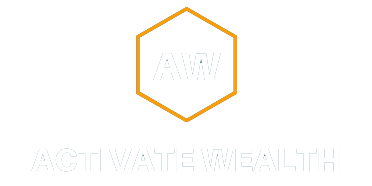

Congratulations! You are finally making a great income and your career is on an upward trajectory. Living paycheck to paycheck is suddenly a thing of the past. While making money has been great, you can’t seem to figure out where it all goes every month. You’re not alone!
I want to share with you some practical strategies for saving money as a six figure earner. In this blog, we will go over 5 specific tips for using your income to build adequate savings for your short, intermediate, and long term goals (even if you have not defined them yet).
The first thing you want to do is decide how much you would like to save every month. The key here is to lead with savings, not expenses. We want to set a savings goal and spend what is left over (not the opposite).
Setting a goal for how much you want to save is not an exact science. You may not even know exactly what you are saving for. Even if you are unsure of how much you want to save, getting started is still a good idea. The fact is, you do have future financial goals, even if you can’t define them yet.
If you don’t really know how much to save, I recommend starting with the 50/20/30 rule:
These guidelines are somewhat arbitrary but as we already discussed, you may not have defined goals just yet. This framework will certainly get you heading in the right direction.
Let’s assume you were able to implement the above strategy and are saving 20% of your income. The question now becomes, where should that money go?
You are now saving 20% of your income and have various buckets in which to put your money. The next step is to optimize your savings.
This step is crucial. We need to find ways to take our emotions out of our investment decisions. Automation is the key.
Do your absolute best to avoid irrational decisions during difficult markets. As someone who is not all that close to retirement, a market downturn can be advantageous if you are constantly investing during that time. Think about how you would feel if everything went on sale at your favorite store. Isn’t it logical to want to buy at that time?
No strategy is final. You are going to want to periodically review your situation and adjust as things change.
In summary, what can you do right now to improve your savings situation?
Schedule a complimentary 15 minute intro call and see if your situation matches our expertise.

©Copyright 2025 Activate Wealth – All Rights Reserved